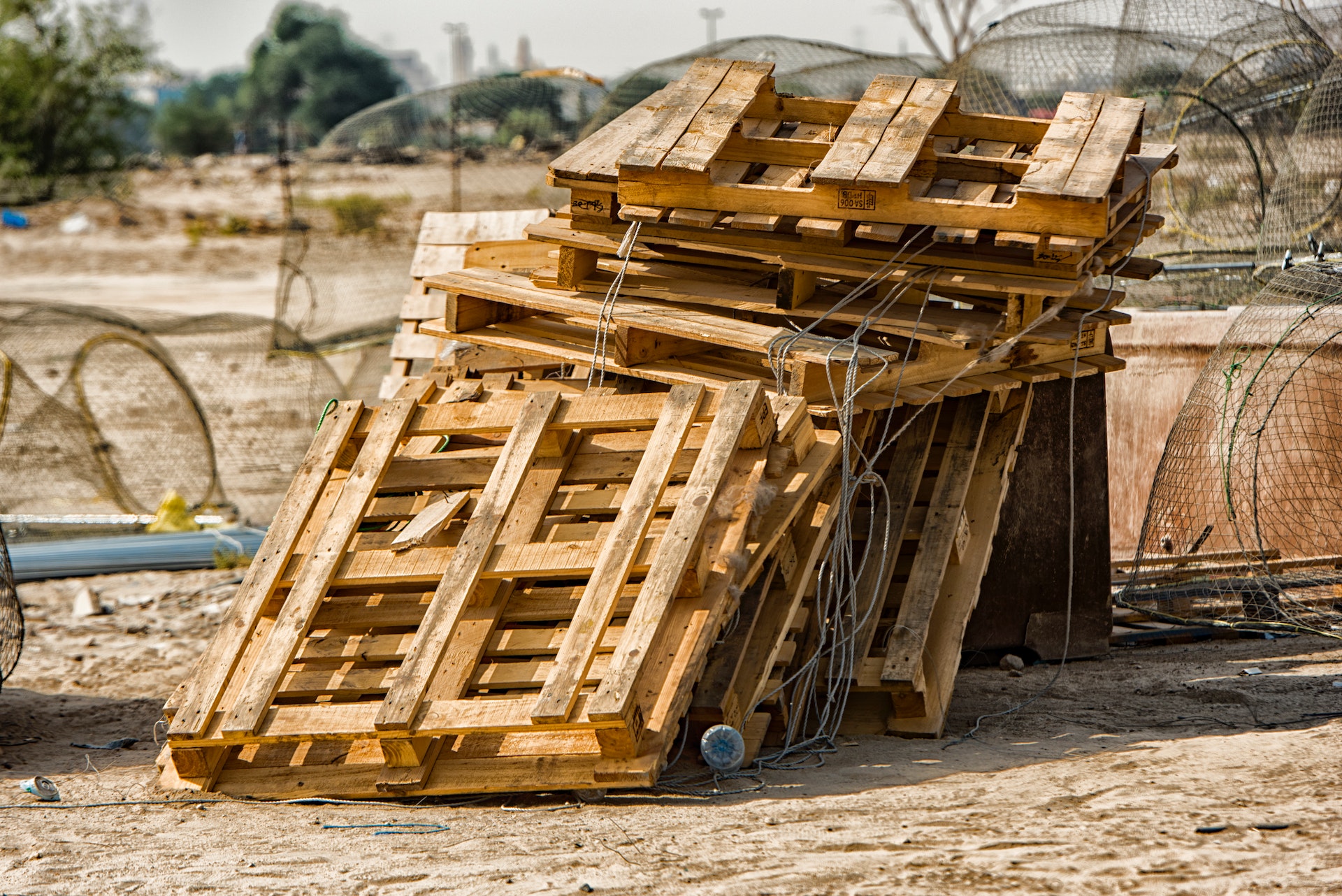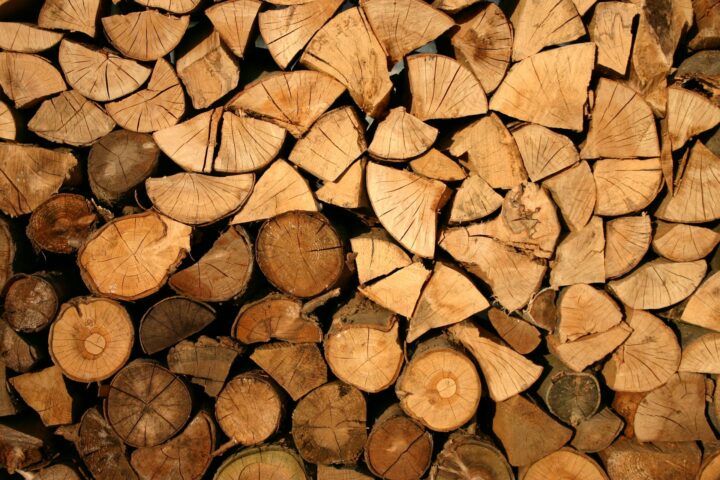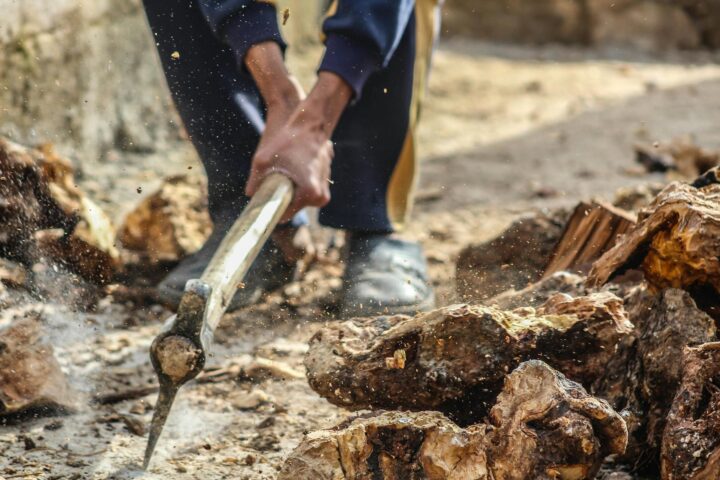-
The Enduring Role of Timber in the Modern World
Timber, as one of the oldest and most versatile materials known to humanity, continues to play a crucial role in shaping the world we live in. From its use in construction and furniture manufacturing to its significance in renewable energy production and environmental conservation, timber offers a wide range of applications and benefits. In this article, we will explore the enduring role of timber and its impact on various aspects of our modern world.
1. Construction and Architecture:
Timber has been a primary material for construction for centuries, and its popularity continues to grow. Its strength, durability, and aesthetic appeal make it an excellent choice for a wide range of structures. From residential homes to commercial buildings and even large-scale architectural marvels, timber offers versatility and flexibility in design. Timber framing, beams, and trusses provide structural support while adding warmth and character to buildings. Additionally, timber construction is known for its sustainability, as wood is a renewable resource that can be responsibly sourced and managed.
2. Furniture and Interior Design:
Timber plays a significant role in furniture manufacturing and interior design. From classic wooden pieces to modern designs, timber furniture offers timeless beauty and durability. The variety of wood species, textures, and finishes available allows for a wide range of furniture styles to suit any taste or aesthetic preference. Whether it's a rustic farmhouse table, an elegant hardwood cabinet, or a sleek contemporary chair, timber furniture adds a touch of nature and sophistication to our living spaces.
3. Renewable Energy:
Timber also plays a vital role in the production of renewable energy. Biomass energy, derived from timber and forest residues, offers a sustainable alternative to fossil fuels. By utilizing wood waste and by-products, biomass power plants generate heat and electricity, reducing greenhouse gas emissions and contributing to a cleaner energy future. Timber's role in renewable energy helps mitigate climate change and reduces dependence on non-renewable energy sources.
4. Environmental Conservation:
Timber has a unique relationship with environmental conservation. Sustainable forest management practices ensure the responsible harvesting of timber while promoting forest regeneration and biodiversity conservation. Well-managed forests act as carbon sinks, sequestering carbon dioxide from the atmosphere and mitigating climate change. Forests also provide habitat for numerous plant and animal species, preserving ecosystems and supporting biodiversity. Through sustainable timber harvesting and forest conservation efforts, we can maintain the balance between human needs and environmental preservation.
5. Cultural Significance:
Timber has deep-rooted cultural and historical significance worldwide. From traditional timber-framed buildings in Europe to indigenous wooden structures in various parts of the world, timber reflects local craftsmanship, architectural heritage, and cultural identity. Timber also plays a role in traditional crafts and artistic expressions, where skilled artisans create intricate carvings, sculptures, and decorative objects. Preserving and utilizing timber helps us honor our cultural heritage and maintain connections with our past.
6. Economic Impact:
The timber industry has a significant economic impact globally. Timber harvesting, processing, and related industries create employment opportunities, stimulate local economies, and contribute to national GDP. From loggers and sawmill workers to carpenters and furniture manufacturers, the timber industry supports a diverse range of jobs and businesses. Timber exports also contribute to international trade, enhancing economic ties between countries.
In conclusion, timber's role in the modern world is multi-faceted and enduring. From construction and furniture manufacturing to renewable energy production and environmental conservation, timber continues to be a valuable and versatile resource. Its sustainability, aesthetic appeal, cultural significance, and economic impact make it an indispensable material that shapes our built environment while promoting a greener and more sustainable future.




